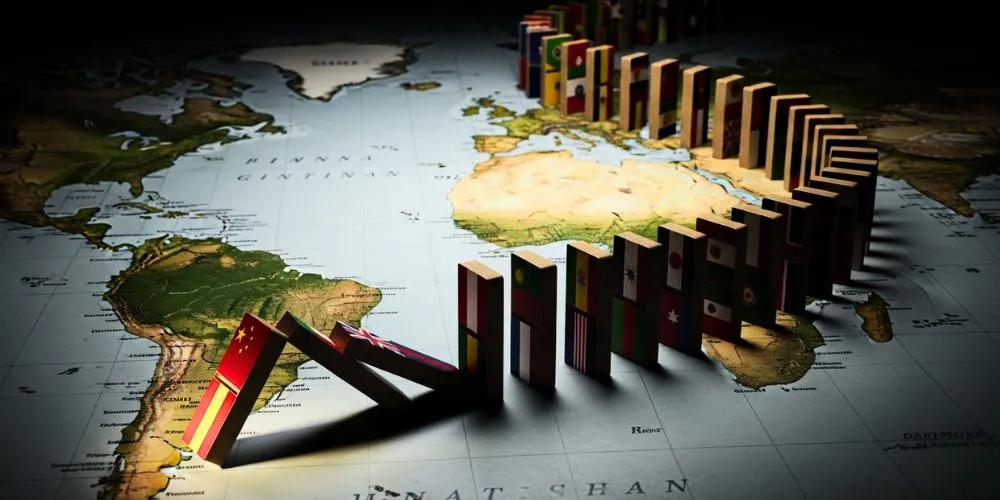For decades, the gospel of global trade has been “efficiency.” We built a world on just-in-time manufacturing, lean inventories, and complex, sprawling supply chains, all in the pursuit of lower costs. This system has provided us with cheap electronics and fast fashion, but as the pandemic and recent geopolitical shocks have demonstrated, our relentless pursuit of efficiency has made our entire global system terrifyingly fragile.
The Brittle Supply Chain
Our global supply chain is like a delicate yet beautiful glass sculpture. It’s impressive to look at, but a single shock can shatter it. We have optimized for the best-case scenario, leaving no room for error, disruption, or crisis. When one factory in one country shuts down, it can halt production for an entire industry half a world away.
A Single Ship Can Break the World
The image of the Ever Given stuck in the Suez Canal was a perfect metaphor for our global predicament. The fact that a single ship could jam a critical artery of global trade and cost the world billions of dollars a day revealed the breathtaking absurdity and vulnerability of the system we have built.
Just-in-Case, Not Just-in-Time
The “just-in-time” model, which minimizes inventory to cut costs, has proven to be a catastrophic failure in times of crisis. We need to shift to a “just-in-case” model. This means building redundancy, diversifying our supply chain, and prioritizing resilience over cost savings. It may mean slightly more expensive goods, but it also means a more stable and secure system.
The Price of Cheap Stuff
We have become addicted to the low prices that hyper-efficient global trade provides. But these prices don’t reflect the true cost. They fail to account for the environmental damage caused by long-distance shipping, the exploitation of labor in distant countries, or the fragility they introduce into our economies.
Conclusion
Efficiency is a good thing, but it cannot be our only god. We must rebalance the scales, putting a new premium on resilience, local production, and strategic redundancy. The goal of global trade should not be to produce a t-shirt for the lowest possible price, but to create a stable, durable, and equitable system that can withstand the inevitable shocks of the 21st century.













